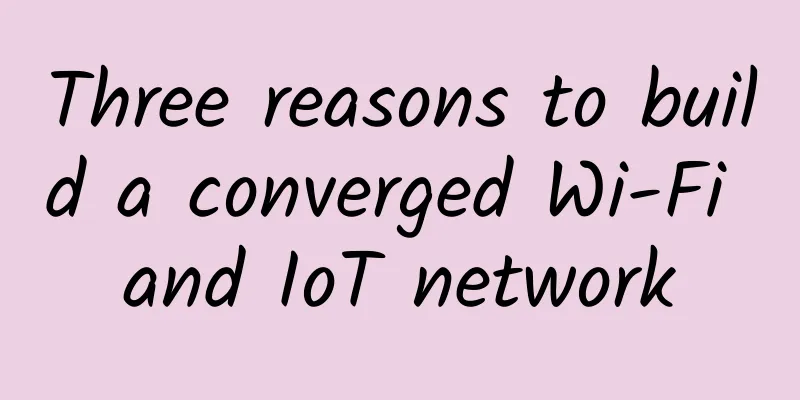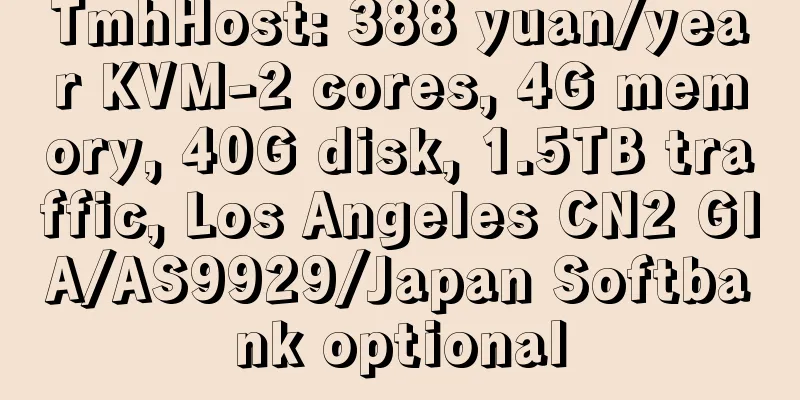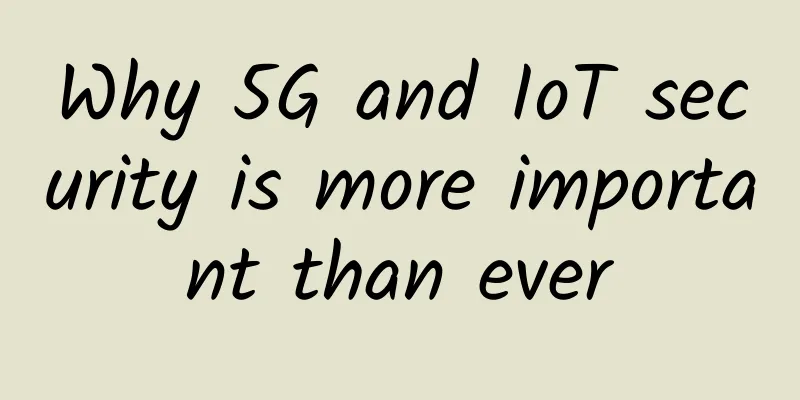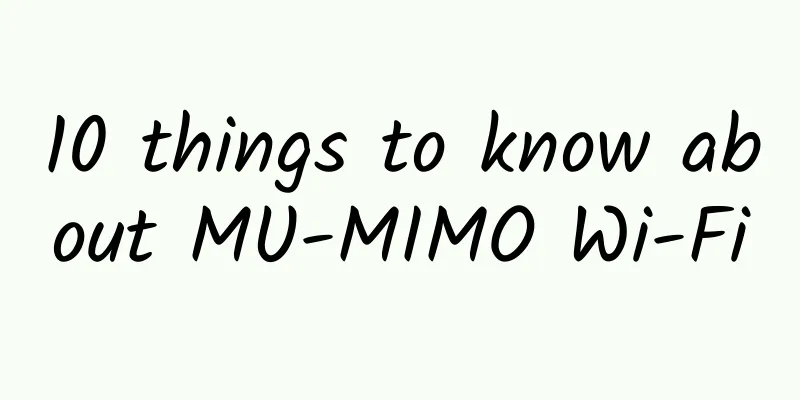Three reasons to build a converged Wi-Fi and IoT network

|
In the near future, collaboration between humans and robots will become the norm for digital enterprises of all sizes. According to the 10 major technology trends predicted in Huawei's Global Industrial Outlook 2025 report, by 2025, the manufacturing industry will have an average of 103 robots for every 10,000 employees. The sweeping digitalization trend extends far beyond manufacturing as other verticals deploy wireless technology and the Internet of Things (IoT) to improve competitiveness. In the automotive industry, for example, in-vehicle software is updated via Wi-Fi, while the energy and construction industries use IoT to enable predictive operations and maintenance (O&M). Elsewhere, telehealth is becoming more common in the healthcare industry, and cities and the public sector are incorporating more technology into asset management systems. In fact, investments in IoT and wireless technologies are creating opportunities for enterprises to create breakthrough business models, improve user experience, and increase operational efficiency. As detailed in Forrester's 2019 IoT Heat Map for Operational Excellence, more than 70% of enterprises have already implemented or plan to implement IoT solutions and applications. It is worth noting that such a significantly high and growing adoption rate is mainly driven by the growing demand from the service department, rather than from the IT department. However, there is no one-size-fits-all solution for IoT. Solutions must be customized for individual businesses, as the bandwidth, reliability, transmission distance, and power consumption requirements of IoT terminals vary according to production needs. However, the abundance of IoT protocols for various aspects makes finding the best solution a daunting task for any business. IoT protocols are roughly divided into two types according to transmission distance: low-power wide area network (LPWA) and low-power wireless personal area network (LoWPAN). LPWA is suitable for long-distance wide area network (WAN) coverage, while LoWPAN performs better in medium- and short-distance indoor coverage scenarios. In addition, typical LoWPAN protocols include Bluetooth for precise location (with meter-level accuracy), ZigBee for low-power mesh networks, power-hungry Wi-Fi technology for providing large transmission bandwidth, and low-power radio frequency identification (RFID). The transmission distances of these protocols are on different layers, ranging from 10 cm to 200 meters. Most LoWPAN protocols comply with IEEE802.15.4, which means they can be applied to IoT networks connected to the same gateway. However, the widespread deployment mode of these IoT networks may lead to unnecessary reconstruction of IoT networks, thus complicating network construction and management. Therefore, enterprises will definitely benefit from an open network architecture that is compatible with multiple independent IoT networks. The deployment and management of Wi-Fi and IoT convergence is an important component of creating an open and well-performing network architecture. Deploying multiple LoWPAN protocols on a single unified enterprise Wi-Fi network provides:
In recent years, due to the pressure of e-commerce, traditional physical shopping malls and supermarkets have stepped up their efforts to transition to the new retail sector. For example, a large European supermarket chain has taken the initiative to modernize by optimizing the shopping experience of its facilities while improving operational efficiency. These initiatives for customers and employees include new shopping guides and marketing campaigns, office services through Wi-Fi, and the adoption of RFID-based electronic shelf labels (ESL). By using ESL, the supermarket chain's operational capabilities have been expanded, enabling remote price updates and electronic shelf management in batches. To this end, the supermarket chain deployed Huawei AirEngineAP with built-in RFID modules and a unified network management platform, achieving aggregated access and simplified management of multiple terminals. As a result, it is estimated that each chain store in Germany that adopts this technology can save up to $37,000 in price update costs per year, including labor costs. With this success, the supermarket plans to adopt this technology in more than 10,000 stores worldwide. However, such benefits are not limited to the new retail industry. Huawei also provides leading Wi-Fi and IoT converged networks to a wide range of industries including smart buildings, logistics, and education, driving innovation in professional digital services. |
<<: Smart Home: Which One Wins, 5G or WiFi 6?
>>: From the road to practice, Huawei is on the top of the storm
Recommend
50% off spinservers: San Jose data center starting at $19/month, dual core, 8G memory, 200G SSD, 10TB monthly traffic
In addition to dedicated servers, spinservers'...
PacificRack July Promotion: Los Angeles KVM monthly payment starts at $1.5, 1G memory package annual payment starts at $12
PacificRack released several special products thi...
GSMA releases world's first new 5G network guidelines
GMSA and China Telecom have released new guidelin...
You have to know these eleven functions of the router
Many friends often leave messages asking, how to ...
How much is the 700MHz frequency band worth? 7.6 billion!
[[388322]] Today, UK Ofcom announced the results ...
What is the difference between 5G bearer network?
Hello everyone, I am Xiaozaojun. In today’s artic...
DHCP in 37 pictures: The invisible person who gives you your IP address
DHCP appears A computer or mobile phone needs an ...
New product pre-sale | Aruba Instant On MU-MIMO dual-band Gigabit Mesh wireless AP series products starting at 606 yuan
Today I would like to introduce to you Aruba laun...
Wu Jingtao returns to F5 as new CTO to explain F5's future direction
[51CTO.com original article] Wu Jingtao is the ki...
Analysis: Advantages and limitations of wireless data centers
For data center operators, the idea of a wirele...
What exactly is “5G New Call”?
In today’s article, let’s talk about a very popul...
How to improve Wi-Fi performance: Experts talk planning, troubleshooting
Wireless is the technology of choice and the defa...
Transforming the Enterprise with 5G Technology
For years, people have been talking about the tra...









